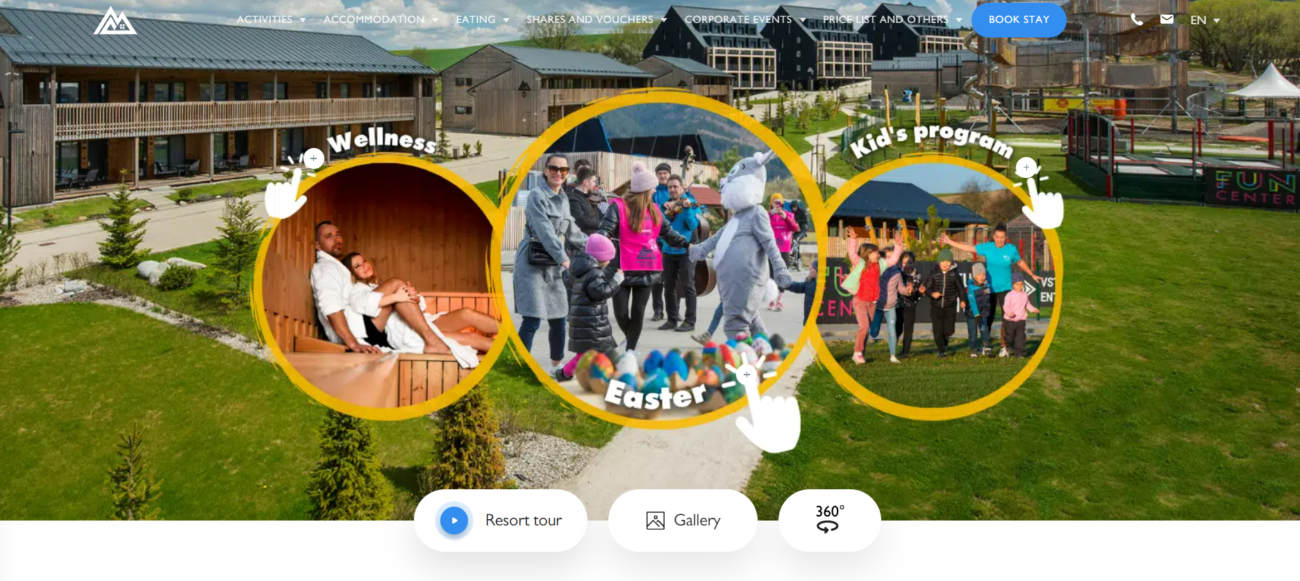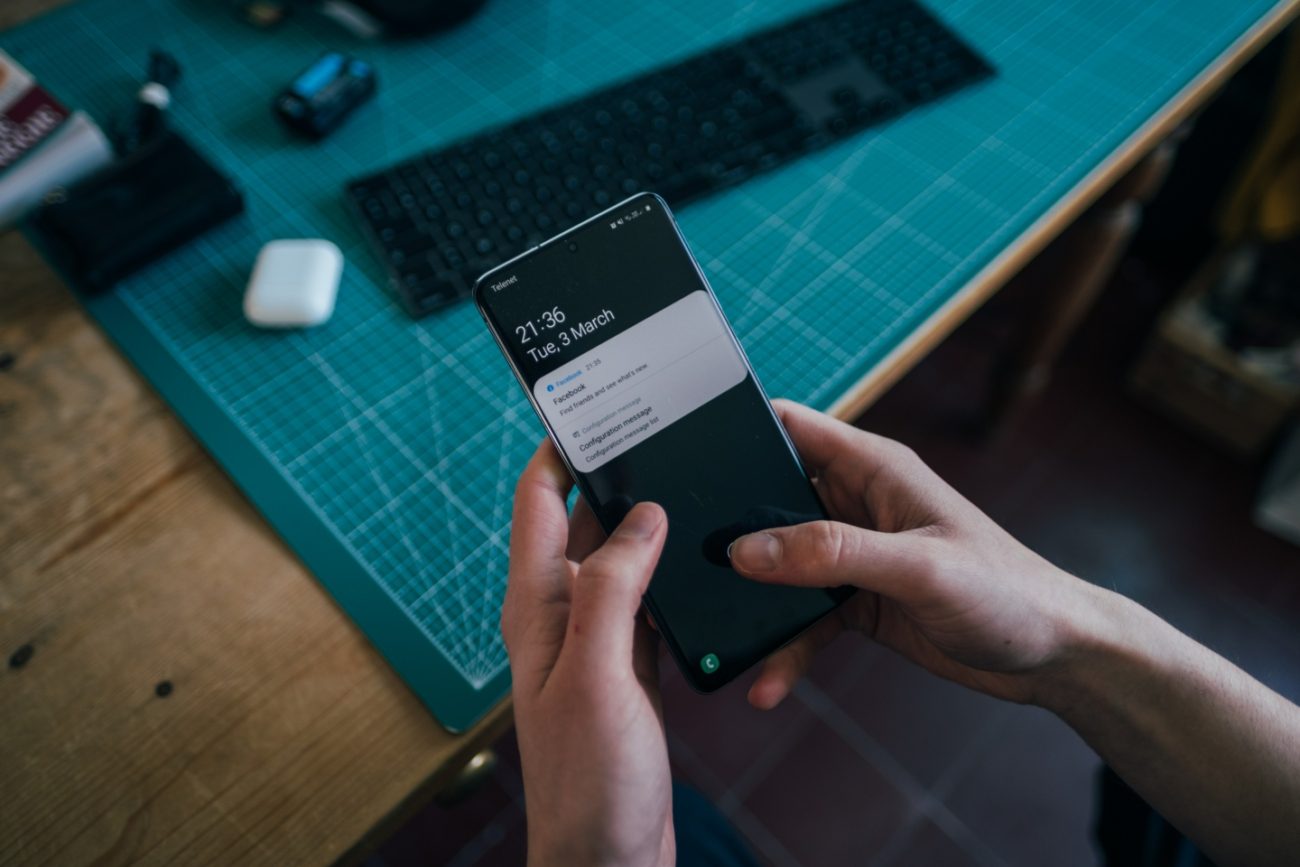Customer behaviour and the buying environment has changed
In the last ten years, the number of contacts made with a company before a purchase takes place has tripled. This means that although in the past, it was enough to run an ad for a chocolate bar on TV and deliver it to brick-and-mortar stores, today the path to customers’ baskets is much more complicated.
Not only has the number of marketing and communication channels expanded, but customers and businesses are choosing which ones they use and visit. You want to sell, they want to feel important. Omnichannel marketing meets both of these requirements.
What is omnichannel marketing?
Omnichannel is a marketing strategy that focuses on the customer and their overall shopping experience across different marketing channels (website, brick-and-mortar store, call centre, email marketing, social media, notifications, etc.).
What is the difference between omnichannel and multichannel?
Omnichannel often gets confused with multichannel marketing.
The classic multichannel is based more on the rapid distribution of content to customers. In the vast majority of cases, it uses social media and email marketing to achieve its goals. Sometimes it applies different strategies on different channels.
Omnichannel puts a much stronger emphasis on connecting different channels, ensuring the consistency of message and building customer-brand relationships. The strategy is uniform and the communication and visuals are the same across all channels.
Multichannel is more for achieving quick solutions, while a robust omnichannel works in a more sophisticated way. And therein lies the power. It simplifies people’s lives by connecting new technologies with more traditional solutions (e.g. in the way sales are distributed through apps, through personalised notifications and the consistency of communication).
3 pillars of omnichannel marketing
- A unified vision, graphics and positioning across platforms and devices that collectively make you easily recognisable. The colours, core values and look and feel of the brand must be absolutely consistent, whether a customer is watching a YouTube video or searching for a product in an app.
- Personalised communication based on previous customer behaviour. Because omnichannel links together different channels, you end up with more data. Make sure all the information is in one place and tailor your communication accordingly. This approach is used, for example, in e-mail marketing or when contacting customers in the B2B segment.
- Relevant content that provides information based on previous purchases and the current stage of the purchase process. This point is once again data related. Segment your customers based on past behaviour and tailor your content to them. For example, if you are a retailer of sofas and a customer buys from you, send them an email telling them how to care for the product.
Omnichannel is the future of both B2B and B2C
As a marketing strategy, omnichannel resonates most in the e-commerce, retail and B2B segments. What does it look like in practice?
Blurring the distinction between a shop and an online store
To give an example from a B2C perspective, omnichannel has been used successfully by Decathlon. Stores have introduced a simple system of shopping via QR codes.
You process the goods yourself by scanning the code and then paying via the app. Orders from the online store can be picked up in-store (usually within two hours) and you only pay for the goods you choose to keep. This approach blurs the line between buying in a brick-and-mortar store and through an online store.
Demänovská resort instilled order into its’ data
In the B2B segment, Demänová resort is also making good use of the omnichannel strategy. The client was facing the same obstacles as many other entrepreneurs. They wanted to improve the connection between the offline and online worlds. At the same time,theyt needed to consolidate communications, improve the customer experience and give their managers more data to enable them to make decisions based on customer needs and behaviour.

We were able to solve everything by collecting data into one location, where each customer is allocated one data cluster.
It was technical adjustments, rather than creativity, that brought order to the data, but thanks to this, we now target campaigns more precisely and do not bother loyal and returning customers with advertising.
What are the benefits of omnichannel marketing?
Earn more through satisfaction
A customer with a great shopping experience spends more. Quality customer relations, advice and excellent service open wallets. According to research, satisfied customers are willing to pay 10% to 15% more for your product or service.
This also applies to B2B. Great service is often more important than price.
Don’t tire the customer by making them search again
Almost 95% of customers use at least three different channels when looking for goods and services, and 62% also switch devices.
They’ll first check out the offer on a laptop. They then send the link to their partner, who views it on a tablet. Later, they search for the product on their mobile phone. They put it in their basket, then come back to it again and finally decide to buy and pick it up directly at the branch. That’s five different contacts.
Thanks to a high-quality connection of the individual channels, you can ensure a comfortable shopping experience for your customers. Don’t force them to re-enter a query and make sure you personalise the content they see. Take advantage of all the data available to you thanks to the omnichannel approach.
Retain existing and new customers
Research shows that companies that use an omnichannel strategy are better able to retain customers. If all marketing channels work in symbiosis with each other and the customer is able to buy through any platform, you reduce the risk of them leaving.
Conversely, a customer who stops in their buying journey can be reached again thanks to the linking of different channels and the data you already have. Use email, push notifications, or reminders for pending items in the shopping cart.

How can you put omnichannel into practice?
- Focus on the customer experience.
- If you sell physical goods, keep a close eye on your stock levels.
- Collate data from different channels (CRM system, email databases, social media interactions, phone conversations, online chat) in one place.
- Based on this data, segment your customers and personalise your content.
Omnichannel and the B2B segment
Companies that sell their services and products through multiple channels have a larger market share. Even start-ups that use multiple channels are growing at a faster rate.
While in 2016, companies went through about five channels (email, face-to-face meeting, phone contact, supplier’s website, etc.) before a purchase was made, today there are almost 10 of these contacts.
Nowadays, we see video conferencing, Google searches, online chat with customer support and mobile apps all being used. Try to cover all channels relevant to you.
Don’t ask me to meet you in person, I don’t have time for that
This is the answer you often get from the person in charge of a company. But that’s precisely the person you need to reach or communicate with. If face to face meetings don’t work, adapt.
In the B2B segment, the most successful technology companies have settled on a hybrid sales model. This means that their sales people and sales representatives communicate with potential customers through a variety of online and offline channels.
The hybrid sales model may have emerged during the pandemic, but it is projected to become the dominant sales strategy by 2024.

What do B2B customers want from suppliers?
More channels, more convenience and more personalisation. They need the right mix of personal contact, remote contact (phone, video) and a perfectly clear and self-serviceable website with a quality UX.
More than two-thirds of enquiries should be able to be researched and resolved online before contacting a supplier.
Even in B2B, it’s the human who makes the final decision
Don’t forget that ultimately, companies are still staffed by people. They are not machines and as such, they expect a customer experience similar to B2C. Just as omnichannel works in B2C, it also works in B2B. Its principles are the same, only the preferred channels change depending on the type of business.
An omnichannel strategy for stable growth
If you’re serious about business the you should at the very least consider an omnichannel strategy. Partners who work with it are seeing better long-term results and a more positive perception in the eyes of their customers.
Due to the interest of our clients, we have created a special omnichannel strategy service for e-commerce. We will help you with:
- choosing the right channels for your business,
- retention schemes and automation algorithms,
- dynamic pricing and working with discounts,
- data science, data intelligence and product analysis,
- complete dashboarding and reporting setup,
- starting sales or optimising your account and products.
If you’re attracted to a global pitch and believe in your product, don’t hesitate and start selling with a well thought-out omnichannel strategy.






